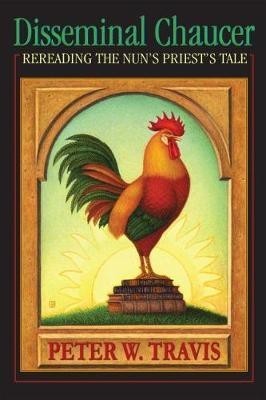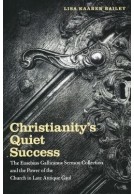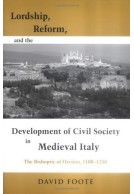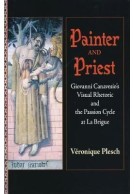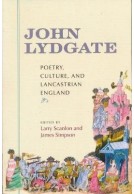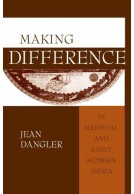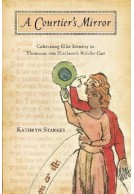Google Books previews are unavailable because you have chosen to turn off third party cookies for enhanced content. Visit our cookies page to review your cookie settings.
Disseminal Chaucer (Paperback)
Rereading the "Nun's Priest's Tale
Imprint: University of Notre Dame Press
Pages: 432
Illustrations: Illustrations
ISBN: 9780268042356
Published: 1st November 2009
Script Academic & Professional
Pages: 432
Illustrations: Illustrations
ISBN: 9780268042356
Published: 1st November 2009
Script Academic & Professional
You'll be £9.95 closer to your next £10.00 credit when you purchase Disseminal Chaucer. What's this?
+£4.99 UK Delivery or free UK delivery if order is over £40
(click here for international delivery rates)
Order within the next 5 hours, 46 minutes to get your order processed the next working day!
Need a currency converter? Check XE.com for live rates
(click here for international delivery rates)
Order within the next 5 hours, 46 minutes to get your order processed the next working day!
Need a currency converter? Check XE.com for live rates
Chaucer's "The Nun's Priest's Tale" is one of the most popular of "The Canterbury Tales". It is only 646 lines long, yet it contains elements of a beast fable, an exemplum, a satire, and other genres. There have been countless attempts to articulate the 'real' meaning of the tale, but it has confounded the critics. Peter Travis contends that part of the fun and part of the frustration of trying to interpret the tale has to do with Chaucer's use of the tale to demonstrate the resistance of all literature to traditional critical practices. But the world of "The Nun's Priest's Tale" is so creative and so quintessentially Chaucerian that critics persist in writing about it. No one has followed the critical fortunes of Chauntecleer and his companions more closely over time than Peter Travis. One of the most important contributions of this book is his assessment of the tale's reception. Travis also provides an admirable discussion of genre: his analysis of parody and Menippean satire clarify how to approach works such as this tale that take pleasure in resisting traditional generic classifications. Travis also demonstrates that the tale deliberately invoked its readers' memories of specific grammar school literary assignments, and the tale thus becomes a miniaturized synopticon of western learning. Building on these analyses and insights, Travis' final argument is that "The Nun's Priest's Tale" is Chaucer's premier work of self-parody, an ironic apologia pro sua arte. The most profound matters foregrounded in the tale are not advertisements of the poet's achievements. Rather, they are poetic problems that Chaucer wrestled with from the beginning of his career and, at the end of that career, wanted to address in a concentrated, experimental, and parapoetic way.
Other titles in University of Notre Dame Press...







